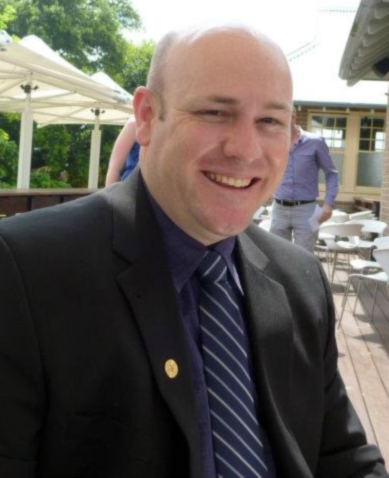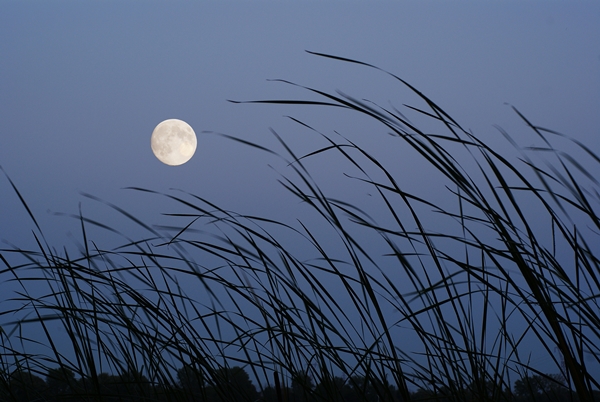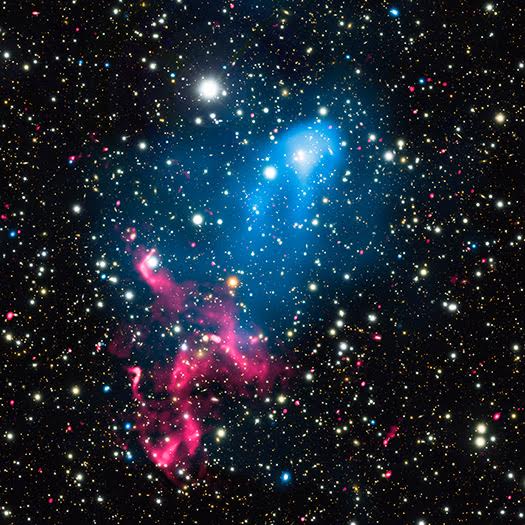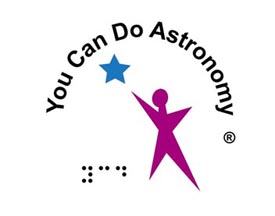On a clear night you can look up and see infinity. But what happens if you can’t see the stars?
- Details
- Category: GAM 2017 Blog
By Murray Henstock
This is a question my students have asked me many times and it is a problem with living in a suburban or city area. The billions of lights all around us block out the majesty of the heavens almost totally. Except for the brightest few.
Sydney, in addition to it ever present, star blocking evening glow can also be covered over by clouds quite often. Of late most major astronomical events have been blocked from view from those within Sydney due to cloud cover or ambient city light.
Additionally findings ways to connect my students with the stars poses a challenge for those who cannot venture out in the evening, usually quite late at night, to make their observations. So how do we overcome these limitations.
If we can’t take ourselves to the stars, we bring the stars closer to us. We build a planetarium.
And this set the stage for a unique student challenge. How do we build a planetarium with no funds, no access to construction grade material, but a heart full of inspiration, determination and perseverance.
As so it was we set forth on a journey to build our school’s first planetarium. It was a STEM initiative like no other with an element of sustainability as we opted to use recycled cardboard only. Students needed with wishing the geometry of a geodesic dome large enough for a class of students to sit comfortably within. This involved the creation of several triangles and rectangles that would be held together with bull-dog clips and will power.

Our aim was to create a unique resource that could be used by not just our school but the local primary schools and community as a resource to bring astronomy to the students and their families in an accessible and educational way.
It was a labour of love and we had our challenges along the way. Fate seemed to be against us as we strove to erect the dome that had come to represent our hopes and dreams. And despite a number of failures and set-backs we never gave up and one afternoon we succeeded!
We had done it. We had created a 3.6m geodesic dome planetarium out of nothing but recycled cardboard and bulldog clips. The result of months of volunteer hours after school and lunch time effort. Throughout we had built not just a worthy structure, one that promised to bring the universe that much closer to our students, but we had also learned teamwork, leadership and the value of never giving up.
The dome lived for 10 minutes.
Throughout our construction there was one element destined to doom our project. Some of the recycled cardboard failed and as we sighed a collective sigh of relief the first signs of imminent danger appeared.
First a pop, then a creak and then with tear inducing finality the dome came crashing down.
Our dream to bring the cosmos closer had suffered perhaps its most fatal set-back. But one that might prove to be its eventual strength. For we have not given up. For now our students and the teachers that support them are seeking a new and improved way to re-envision their dream of an onsite planetarium to be used to bring Astronomy to a community of students, friends and family hungry to explore the universe.
 Murray Henstock is a professional educator specialising in STEM through Science, Astronomy, Robotics and Education through experiential outdoor learning. He is a member of the Inspiring Science Network, a mentor facilitator for the UTS [email protected] Science Summer School, a participant in the Galileo Teacher Training Program (GTTP), the National Australian Maths and Science Partnership Program (AMSPP) and a recipient of the Honeywell Educators @ Space Academy scholarship in 2013. Murray has not only attended Space Camp USA in Huntsville Alabama, he was also part of the team taking a number of Australian students to Space Camp Turkey in 2014. Murray has spent the last 16 years involved in developing and delivering youth and personal development programs aboard tall ships culminating in the development of a personal development program that can be adapted to any vessel or situation at land or sea. He now runs the Robotics, STEM Exploratorium and Astronomy programs at school and is developing a series of cross KLA STEM programs and units of work based on Space Exploration and its impact on humanity.
Murray Henstock is a professional educator specialising in STEM through Science, Astronomy, Robotics and Education through experiential outdoor learning. He is a member of the Inspiring Science Network, a mentor facilitator for the UTS [email protected] Science Summer School, a participant in the Galileo Teacher Training Program (GTTP), the National Australian Maths and Science Partnership Program (AMSPP) and a recipient of the Honeywell Educators @ Space Academy scholarship in 2013. Murray has not only attended Space Camp USA in Huntsville Alabama, he was also part of the team taking a number of Australian students to Space Camp Turkey in 2014. Murray has spent the last 16 years involved in developing and delivering youth and personal development programs aboard tall ships culminating in the development of a personal development program that can be adapted to any vessel or situation at land or sea. He now runs the Robotics, STEM Exploratorium and Astronomy programs at school and is developing a series of cross KLA STEM programs and units of work based on Space Exploration and its impact on humanity.
Here, There & Everywhere
- Details
- Category: Astronomy for All
April 7

Here, There & Everywhere (HTE) materials, developed by the Chandra X-ray Center (CXC), shows how our knowledge of familiar processes can be applied to help understand similar behaviour on grander scales, and in very different environments.
Thinking about everyday examples from the world around us helps form our basic understanding of physics. A tactile and Braille poster series mounted on polystyrene helps to provide connections with the collection materials for additional audiences. The seven topics covered in the HTE Braille/tactile poster series include eruptions, shadows, wind, erosion, outflows, seeding and spirals. Audio files of the text from the Braille panels are also included.
AstroPoetry Writing
- Details
- Category: AstroEDU Activity of the Day
April 7

An activity combining language and science to encourage students to think about the night sky to help them write a poem related to astronomy.
Chandra: A Telescope Without Borders
- Details
- Category: GAM 2017 Blog
By Megan Watzke
The Chandra X-ray Observatory is NASA’s premier X-ray telescope. In operation since its launch aboard the Space Shuttle Columbia in 1999, Chandra has studied hundreds of cosmic objects during thousands of observations over its 17-year mission thus far.

As one of NASA’s Great Observatories (along with Hubble, Spitzer, and the now-deorbited Compton Gamma-ray Observatory), Chandra is a crown jewel of American astronomy.
However, Chandra is not just a national treasure, it is a resource for the entire world. Researchers from any country may apply for observing time on Chandra. In fact, scientists from over 100 countries have been awarded Chandra observing time during its lifetime.
How exactly is it decided who gets to use this X-ray facility that travels an elliptical orbit taking it a third of the way to the Moon? Observing time is determined by the proposal process. Anyone from any institution can propose to use Chandra, and each proposal is considered under the same rules.
Once all of the proposals are submitted annually (the Chandra deadline is usually in mid-March), they are separated into various topics – black holes, neutron stars, galaxies, etc. From there, a team of experts in that particular field evaluates the proposal to determine whether or not it represents a good use of Chandra time scientifically. If a proposal is picked, then the person is notified and the observation is scheduled in the next year (called a “cycle” in NASA-speak).



It takes a lot of work from many people – from the scientists who propose to the experts that review to the professionals who schedule – to bring an idea to use Chandra to fruition. However, all of this diligence pays off when researchers from around the world are able to make exciting and significant discoveries about the Universe we live in. To help celebrate Global Astronomy Month, please take a look at some of the latest amazing things that Chandra has helped us find: http://chandra.si.edu/press/
 Megan Watzke is the public affairs officer for the Chandra X-ray Observatory, a position she has held since 2000. Her responsibilities include the dissemination of Chandra’s science results to the general public through press releases, press conferences, informal education and other activities.
Megan Watzke is the public affairs officer for the Chandra X-ray Observatory, a position she has held since 2000. Her responsibilities include the dissemination of Chandra’s science results to the general public through press releases, press conferences, informal education and other activities.
Modeling the Phases of the Moon Activity
- Details
- Category: Astronomy for All
April 6
With the Modelling the Phases of the Moon activity by Noreen Grice, from You Can Do Astronomy LLC, we intend to simulate the phases of the Moon. Using low-cost materials, supported by how-to guidelines for the activity, you can help students visualise the cycle.






